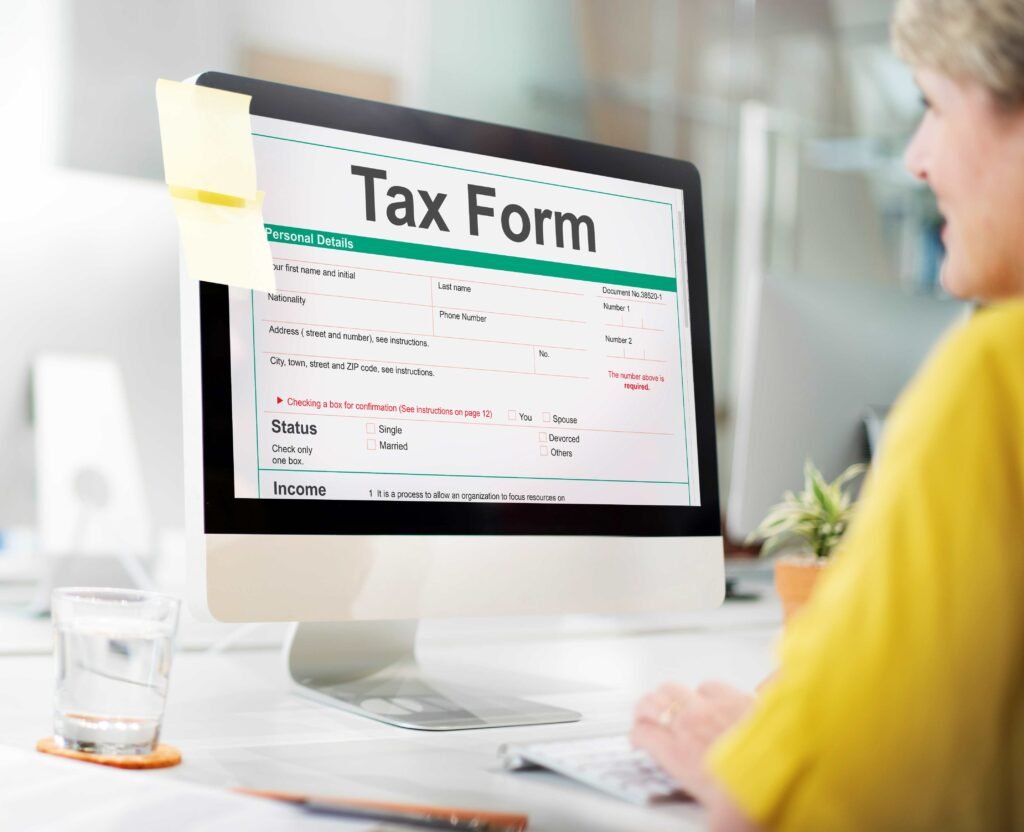
Completing a VAT return, every three months of the year is something every VAT-registered business must do in the UK by law. It’s also one of the more complex aspects of running your own company, with the prospect of financial penalties for mistakes and missed deadlines.
If this is your first time filing a VAT return for your organisation, have no fear. This guide, written with advice from independent chartered accountants in Southampton, HWB, explains all you need to know to get your VAT return in on time and right the first time around.
Introduction to VAT Returns and Being VAT Registered
When your organisation begins earning more than £85,000 a year, you are obliged by law to become VAT registered. This means that you’ll need to charge VAT (Value Added Tax) against certain goods and services you offer. But you may also be able to claim back some VAT you get charged on eligible purchases.
You’ll have to declare this VAT to HMRC by completing and filing a VAT return every three months. As part of this return, you will need to calculate how much VAT your organisation has charged customers and suppliers during the accounting period (known as Output VAT) and also how much VAT you have paid out (known as Input VAT).
The difference between these two values is the amount of VAT your organisation owes. If your VAT returns show that you’ve paid out more VAT than you’ve received. You will be eligible for a refund.
When are VAT Returns due?
VAT-registered organisations will need to submit a VAT return to HMRC every quarter (three months). This is known as your accounting period.
Your VAT return must be completed and filed at the end of each three-month accounting period. You will need to list the exact dates your accounts are made up to on your return.
The start of your first three-month accounting period will be the date on which your organisation became VAT registered. By law, it’s from this point forward that you must start charging VAT on your eligible goods and services.
How and when do I submit my return?
You’ll need to submit your quarterly VAT returns online, using approved accountancy software. This has been the case since April 2019, when the government introduced Making Tax Digital for VAT (MTD VAT) and made it mandatory for VAT returns to be filed online.
If you’re happy to invest in MTD-approved accounting software, you can file your VAT return yourself. Because of the complex nature of VAT and the requirement for approved software, however, many VAT-registered organisations prefer to outsource to a VAT returns service via an accountant, who can act as an agent to complete and file your VAT return on your behalf.
VAT returns must be submitted. And any VAT owed to HMRC paid, up to a maximum of one month and seven days after your three-month accountancy period ends.
Penalties on VAT returns
As of 1st January 2023, you’ll be issued with penalty points if you fail to file your VAT return on time or pay any VAT you owe to HMRC.
A penalty point will be applied for every VAT return you submit to HMRC late. Once you reach the penalty point threshold for your annual accounting period you’ll be hit with a £200 fine.
For organisations that file quarterly VAT returns the maximum penalty points you can accrue in a year is four. This means that if you file each of your VAT returns late, you’ll be fined £200 at the end of your accounting year. You’ll also be fined a further £200 for every subsequent return you file late moving forward.
Can I correct my return’s errors?
If after you file your VAT return to HMRC you realise you made a net error on your return. You can correct this on a later VAT return in the following circumstances:
- If the net error is £10,000 or less
- If the net error totals £10,000-£50,000 but doesn’t exceed 1% of your quarterly turnover
Net errors are defined as the difference between the total errors in output VAT and the total errors in input VAT.
Conclusion
Completing your first and subsequent VAT returns can be daunting but support is out there if you need it and it makes perfect sense to offload this aspect of your finances to a trained professional.
If you don’t have access to MTD-approved accountancy software or you’re unsure what records you need to keep. Speak to an independent business accountant who can offer you advice. Also, take the responsibility of your completing your quarterly VAT returns off your hands.
